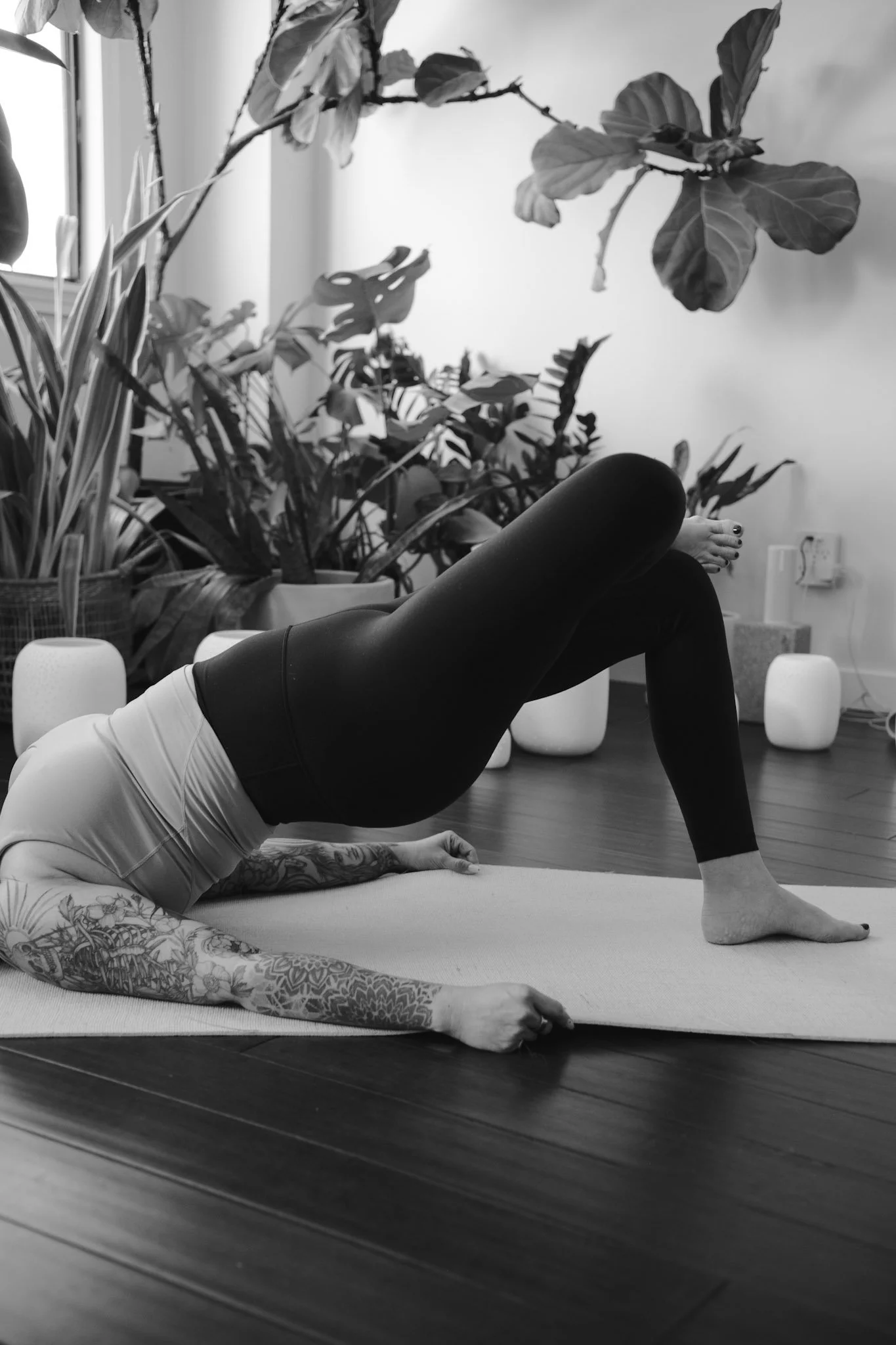The Problem with “Alignment-Based Yoga” for Injury Prevention
Let’s talk about a narrative that’s become deeply rooted in Classic Asana: the idea that alignment-based yoga is the key to injury prevention.
At first glance, it sounds helpful, even responsible. Who doesn’t want to practice safely, right? But when you look deeper, this approach often relies more on fear-based marketing than on a true understanding of the human body.
Here’s the problem: most alignment-based yoga doesn’t account for the simple fact that no two bodies are the same. Our bones are shaped differently. Our joints are structured uniquely. What feels aligned and stable for one person may feel restrictive or even painful for another. Yet the idea persists that there’s a single “right” way to do a pose, as if we all come off an assembly line with identical skeletons.
This type of teaching also tends to ignore the prerequisites of classical asana. Complex postures are taught without consideration for whether someone has the mobility, stability, or strength to even access those shapes. Instead, the focus is on achieving a visual aesthetic, an external ideal, often at the expense of internal awareness and personal agency.
But perhaps most damaging is the fear this creates in practitioners.
Students are told that if they don’t align their knee “just so” or if they go lower than their elbows in chatarunga, they’ll get injured. As a result, they stop trusting their own bodies. They shrink. They second-guess their movement. And ultimately, they stop evolving, not because they aren’t capable, but because they’re scared.
Let’s be clear: awareness is important. Intelligent movement matters. But true injury prevention comes from education, embodiment, and curiosity, not dogma. It comes from exploring your own range, honoring your unique structure, and understanding how to move with your body, not against it.
Yoga is meant to be liberating, not limiting. It’s time we shift the narrative from fear to freedom, from rigidity to exploration, and from control to connection.
What Teachers Should Really Be Focusing On
Instead of drilling students on arbitrary alignment rules, like where to place the hands or how far apart the feet should be, teachers can guide students toward principles that cultivate genuine strength, awareness, and connection.
What truly matters isn’t whether someone’s wrist is perfectly stacked under their shoulder, it’s how they’re connecting with the earth. Are they grounding through their foundation with awareness? Are they feeling the rebound of energy through the body, the natural spirals, rebounds, and counterforces that create stability and flow?
It’s also about how force is generated and absorbed. Movement in yoga is never static; it’s a dynamic exchange between the body and gravity. Teaching students to feel that exchange, to root down and rise up, to yield and to push, is what builds both resilience and intelligence in the body.
Equally important is an understanding of how muscle contractions work. Every asana involves a conversation between effort and ease, between activation and surrender. When students learn to consciously contract and release muscles with purpose, alignment arises organically from within, guided by sensation rather than dictated by form.
And above all else, there’s intention. Every practice, every posture, every transition carries meaning. What is the purpose of the flow? To energize or restore? To express power or cultivate softness? Intention directs awareness, and awareness refines action. When students move with intention, they move with intelligence, and that’s where transformation begins.
When teachers shift focus from external form to internal function, yoga returns to its essence: a practice of self-inquiry, integration, and freedom. Your body is a landscape to be explored, not a structure to be controlled.


